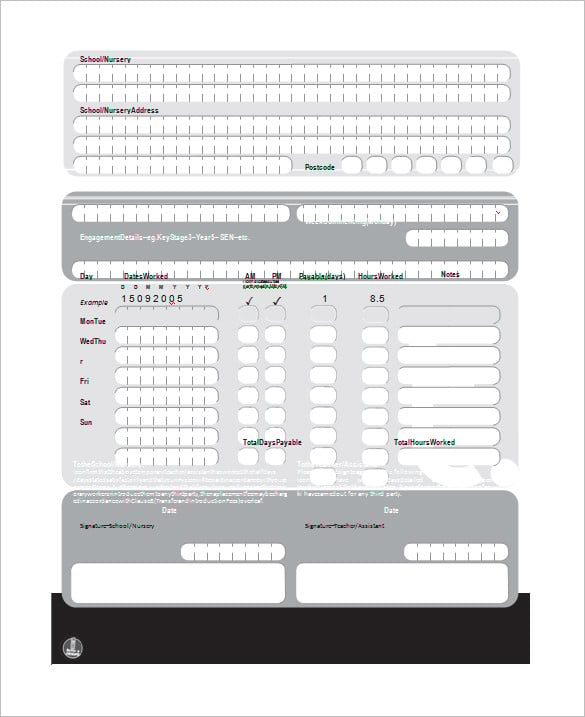

Yes, this is a simplistic model that assumes a 10% return rate. Note how much the money grows towards the end. To give you an example of how much money you can earn this way, I’ll tell you about when I put away $1000 in an index fund as a gift to my friend’s new baby.Īssuming the index fund earns 10% annualized during the kid’s life, guess how much it would be worth?Īge 21: $8,000 (This is where I come in and tell her not to spend it all on her spring break trip to Cabo.)īasically, you can see that Uncle Ramit’s $1,000 gift would leave the kid rolling in money 60 years later.Īs singer-songwriter and greatest-poet-of-this-generation-and-the-next Celine Dion once said, “My heart will go on.”Īnd it grows from there. With the rule of 72, you can see how easy it is to DOUBLE your investment by investing just a little bit of money. In other words, as long as the return rate is constant, the money will double every 7 years. So if you invested $5000 today, and earned a 10% return, you’d have $10,000 in 7 years. Imagine you’re getting a 10% interest rate from an index fund.ĭivide 72 by 10, and you have approximately 7 years to double your money. When you put it together, it looks like this:ħ2 / = # of years to double your money. The result is the number of years it takes to double your money. What is the rule of 72? Simply take 72 and divide it by your return rate percentage. Cool financial trick #2: Use the rule of 72 to see how long it’ll take to double your money The formula There’s no hard and set rule for how much you should be charging. Were you making $30/hour? Start charging $40 or even $50. You’ll get a good sense of where to start when you’re charging your clients.Īnd after you earn your first $1,000, it’s incredibly easy to start dialing your prices up and “tuning” your rate. This method is incredibly simple: Go to Google and search for the average hourly rate for whatever service you’re providing. Just double that number so now you’ll earn $30/hour. Ask yourself: What’s the lowest rate you’ll work for that’ll leave you resentful of your work? Say you’ll work for $15/hour at the VERY LEAST but hate the job. I love this one because it’s both really interesting and effective. You get three tricks for the price of one. If you’re still wondering how much you should be charging, here are two other great methods I’ve used to find a rate that’s good for me. “Should I be charging by the hour or by the project?”īy looking at your ideal (read: realistic) salary, you’ll be able to figure out how much you should be charging per hour quickly and easily.Once you’re established, you should charge way more because you’re worth it. Use Google or Glassdoor to find out the salary a full-time person would earn – then convert it to hourly to figure out what you should charge. Two: When you’re a beginner freelancer and you really don’t know how much to charge, this can help. That’s the most common case for an hourly to annual salary calculator. One, sometimes you have an hourly job and need to compare it to a salaried one (or vice versa) while applying to possible jobs. Of course, this is based on the typical 40-hour workweek and doesn’t include taxes. So $50,000/year becomes approximately $25/hour. Simply divide by two and drop the thousand. This can also work in the reverse if you want to find out your hourly rate. If you make $25/hour, you make approximately $50,000/year. If you make $20/hour, you make $40,000/year. That’s how you convert hourly to annual salary. This one’s simple: just take your hourly rate, double it, and add a thousand to the end. Cool financial trick #1: Find out your yearly salary using your hourly rate Your hourly to annual salary calculator: doing the math yourself
#Salary to hourly calculator download
Bonus: Ready to ditch debt, save money, and build real wealth? Download our FREE Ultimate Guide to Personal Finance.


 0 kommentar(er)
0 kommentar(er)
